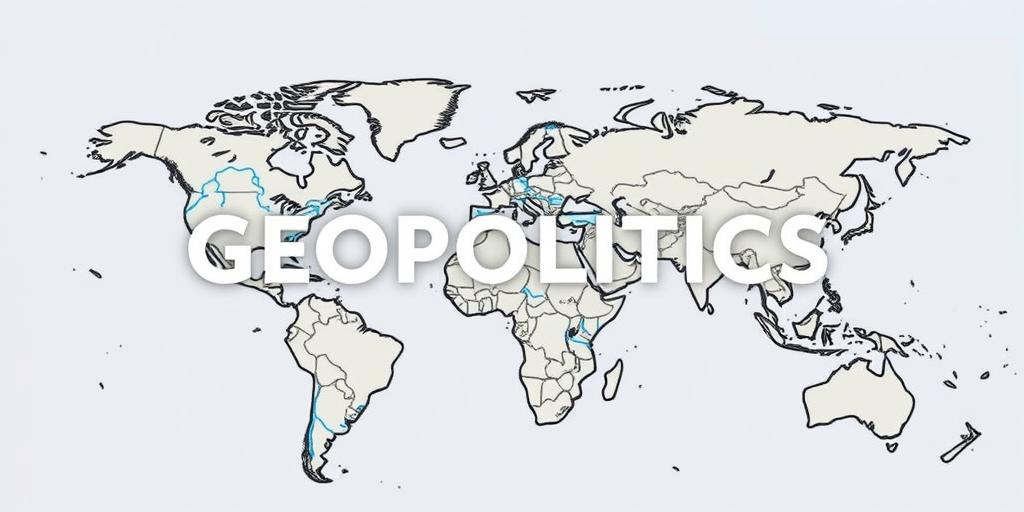The Geopolitics of Water Resources
Water, essential for life and human activity, is unevenly distributed across the globe. This scarcity, coupled with increasing demand due to population growth, agriculture, and industrialization, transforms water into a critical geopolitical resource. Understanding the geopolitics of water is crucial for navigating the complexities of international relations and ensuring sustainable development.
The Scarcity Factor
Water scarcity acts as a 'threat multiplier,' exacerbating existing tensions and creating new conflicts. Regions already grappling with political instability, economic challenges, and social unrest are particularly vulnerable when water resources are stressed. Competition for limited water can ignite disputes between communities, regions, and even nations.
Transboundary Water Resources
Many of the world's major rivers and aquifers cross international borders. These transboundary water resources necessitate cooperation between riparian states – countries that share the waterway. However, differing needs, development priorities, and political agendas can lead to disagreements over water allocation, infrastructure projects (such as dams), and pollution control.
Examples of potential conflict zones include:
- The Nile River Basin: Shared by eleven countries, the Nile is a vital water source for Egypt, Sudan, and Ethiopia. The Grand Ethiopian Renaissance Dam (GERD) has raised tensions over water flow and filling schedules.
- The Mekong River: Flowing through China, Myanmar, Laos, Thailand, Cambodia, and Vietnam, the Mekong is essential for agriculture and fisheries. Upstream dam construction has impacted downstream water availability and ecosystem health.
- The Jordan River Basin: Shared by Israel, Jordan, Lebanon, Syria, and Palestine, the Jordan River is a historically contested water source. Scarcity and political tensions complicate water management efforts.
Water as a Tool
In some instances, water can be used as a tool of political influence or coercion. A country controlling a vital water source might exert pressure on downstream neighbors by restricting water flow or threatening to do so. Similarly, control over water infrastructure can provide strategic advantages in conflict zones.
Climate Change Impacts
Climate change is intensifying water-related challenges. Altered precipitation patterns, increased evaporation rates, and more frequent extreme weather events (droughts and floods) are disrupting water availability and quality. These impacts further strain transboundary water resources and exacerbate existing geopolitical tensions.
The Path to Cooperation
Despite the potential for conflict, water can also be a catalyst for cooperation. Integrated water resources management (IWRM) promotes a holistic approach to water management, considering environmental, social, and economic factors. International agreements, treaties, and institutions play a crucial role in facilitating dialogue, resolving disputes, and promoting equitable water sharing.
Examples of successful water cooperation include:
- The Indus Waters Treaty: Signed in 1960 between India and Pakistan, the treaty has survived several wars and remains a model for transboundary water management.
- The Orange-Senqu River Commission (ORASECOM): Bringing together Botswana, Lesotho, Namibia, and South Africa, ORASECOM promotes cooperation on water resources management in the Orange-Senqu River basin.
The Future of Water Geopolitics
The geopolitics of water will become increasingly complex in the coming decades. Addressing water scarcity, managing transboundary resources, and mitigating climate change impacts will require innovative solutions, strong political will, and enhanced international cooperation. Investing in water-efficient technologies, promoting sustainable agriculture, and strengthening water governance are essential steps towards a water-secure future.
By understanding the geopolitical dimensions of water resources, we can better anticipate potential conflicts, foster cooperation, and ensure that this vital resource is managed sustainably for the benefit of all.









